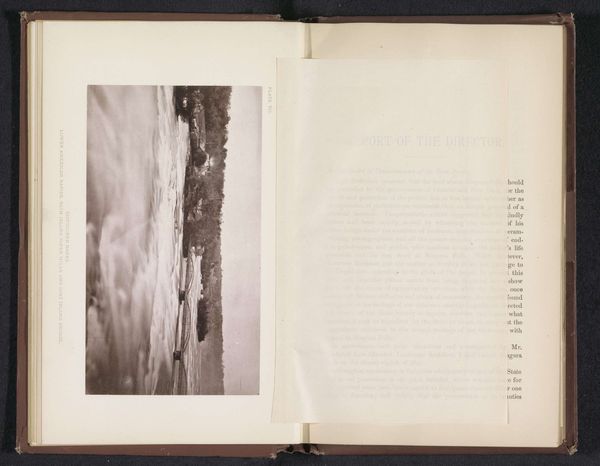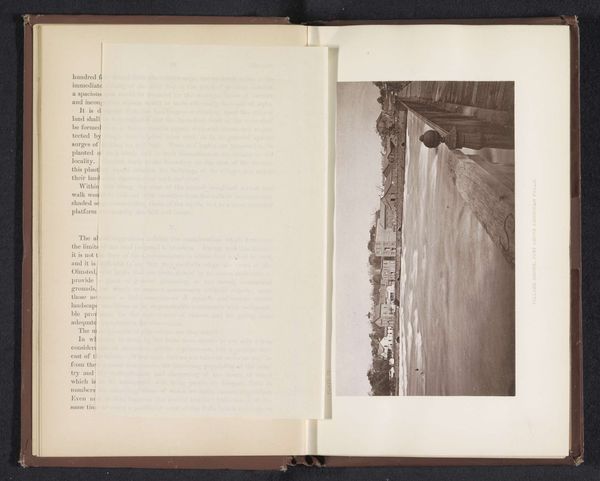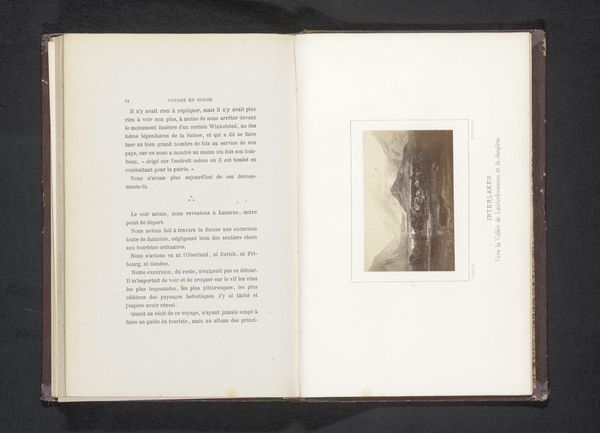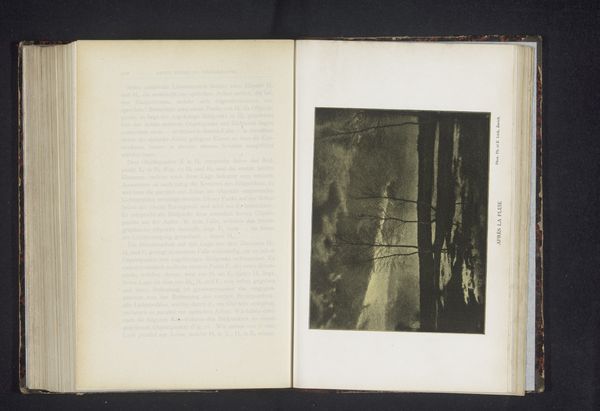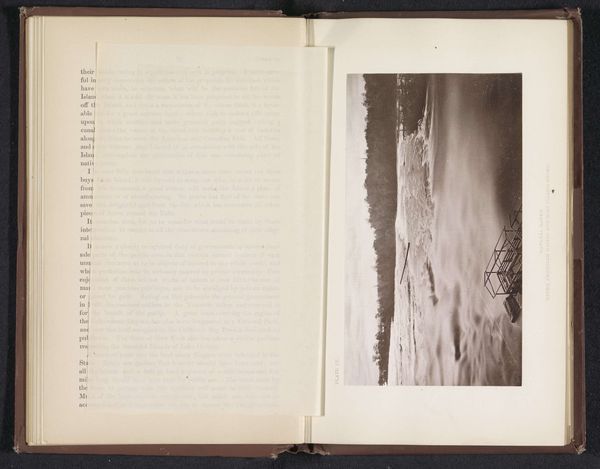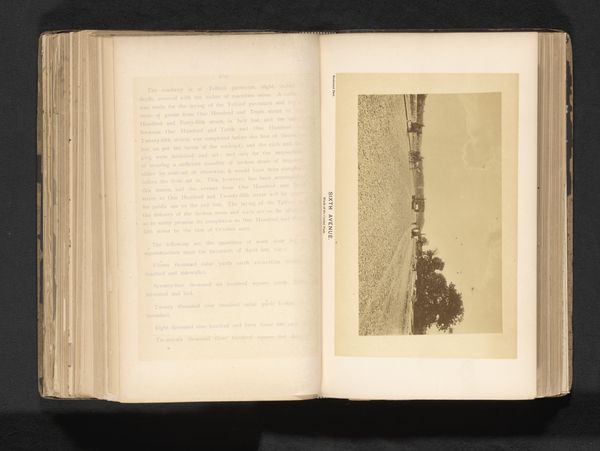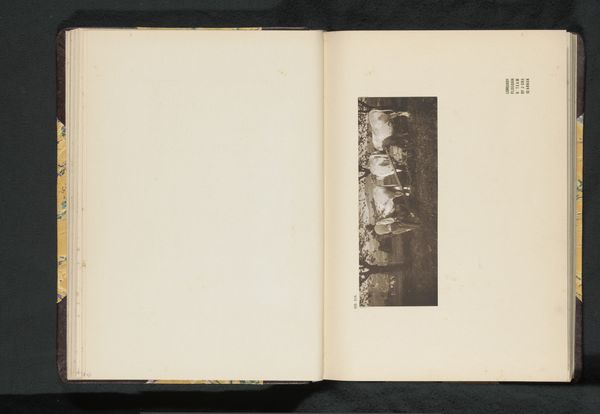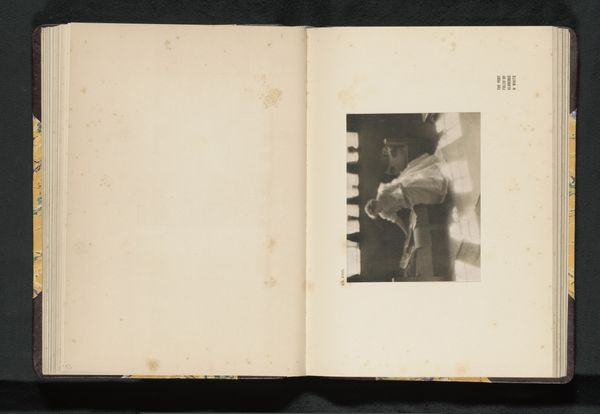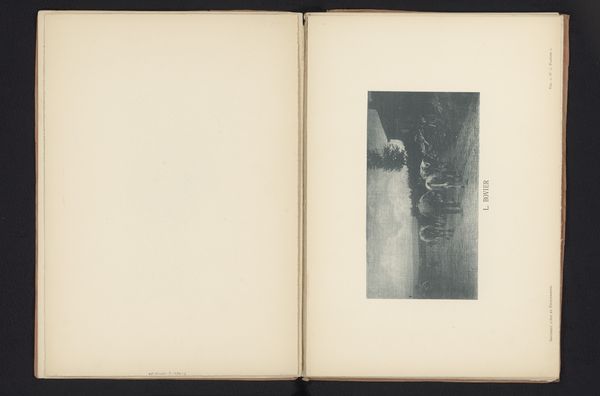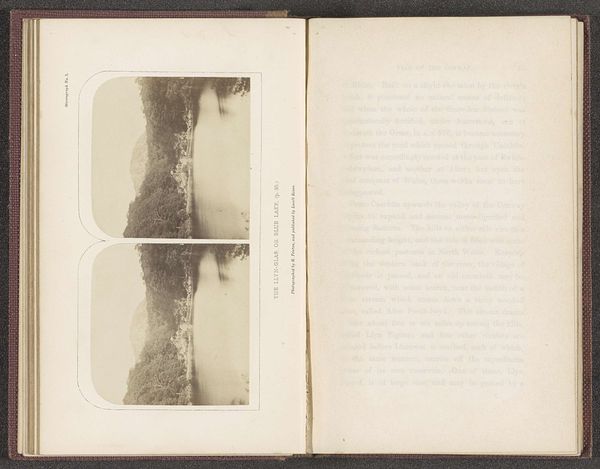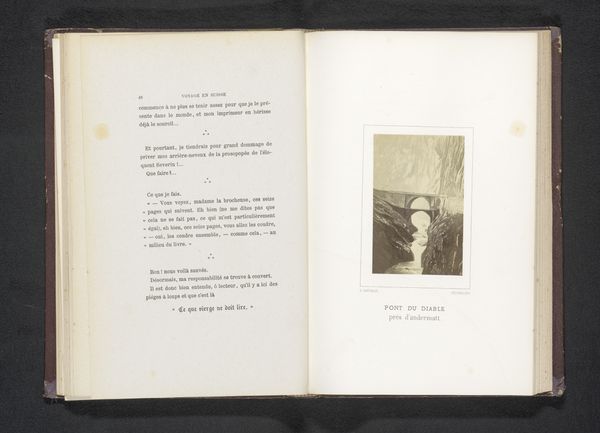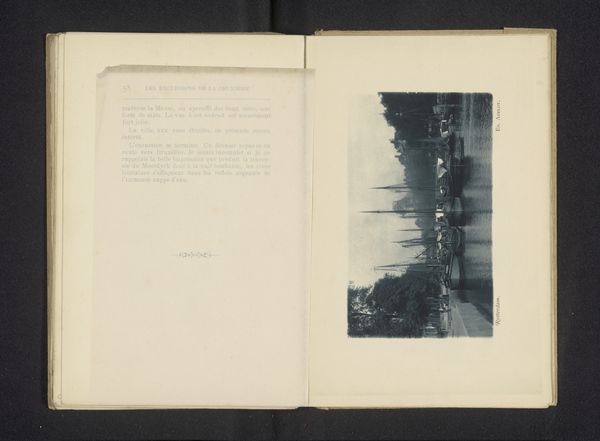
Gezicht op de Horseshoe Falls en een bebouwde oever van de Niagara in Canada before 1880
0:00
0:00
print, photography, gelatin-silver-print
# print
#
landscape
#
waterfall
#
photography
#
gelatin-silver-print
Dimensions: height 97 mm, width 171 mm
Copyright: Rijks Museum: Open Domain
This is George Barker’s photograph of the Horseshoe Falls and the developed banks of Niagara, Canada, taken sometime between 1844 and 1894. Barker, a Canadian photographer, worked in a period where landscape photography was used to promote settler colonialism. Notice how this photograph captures the sublime power of nature, represented by the majestic falls, but also the encroachment of human development along the riverbanks. This development had profound consequences for the Indigenous populations who had long stewarded this land. Their displacement and marginalization were often justified by narratives of progress and civilization, with photography playing a key role in visually promoting these claims. The act of photographing itself becomes a statement, framing nature and civilization from a particular point of view. Consider the emotional impact; does it evoke a sense of awe, or does it prompt a deeper reflection on the narratives of progress and dispossession?
Comments
No comments
Be the first to comment and join the conversation on the ultimate creative platform.
